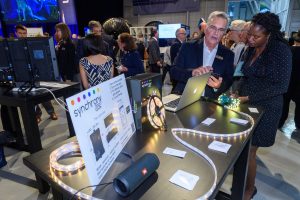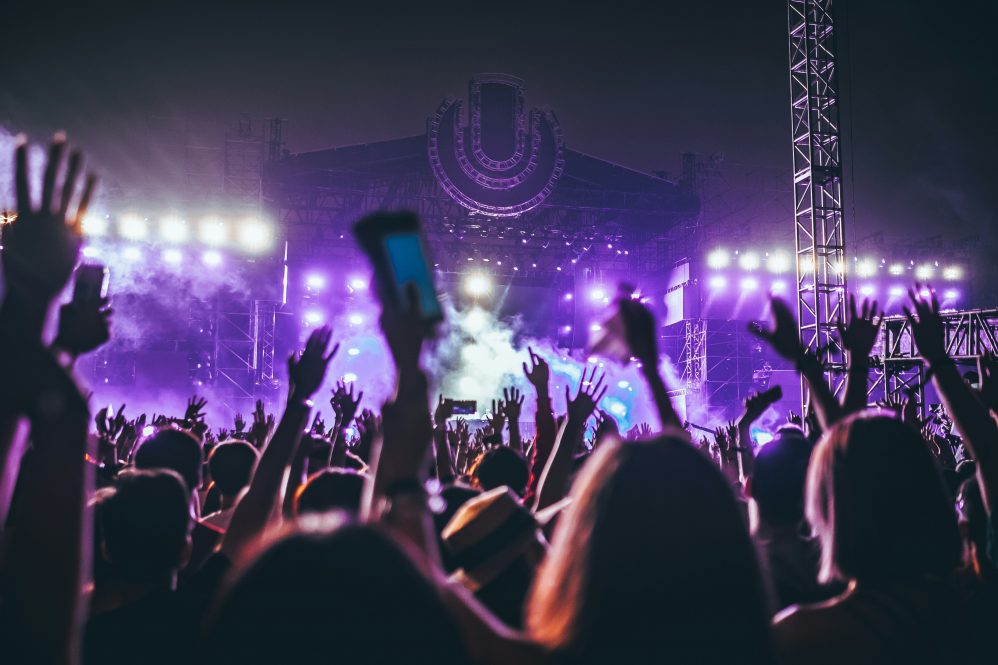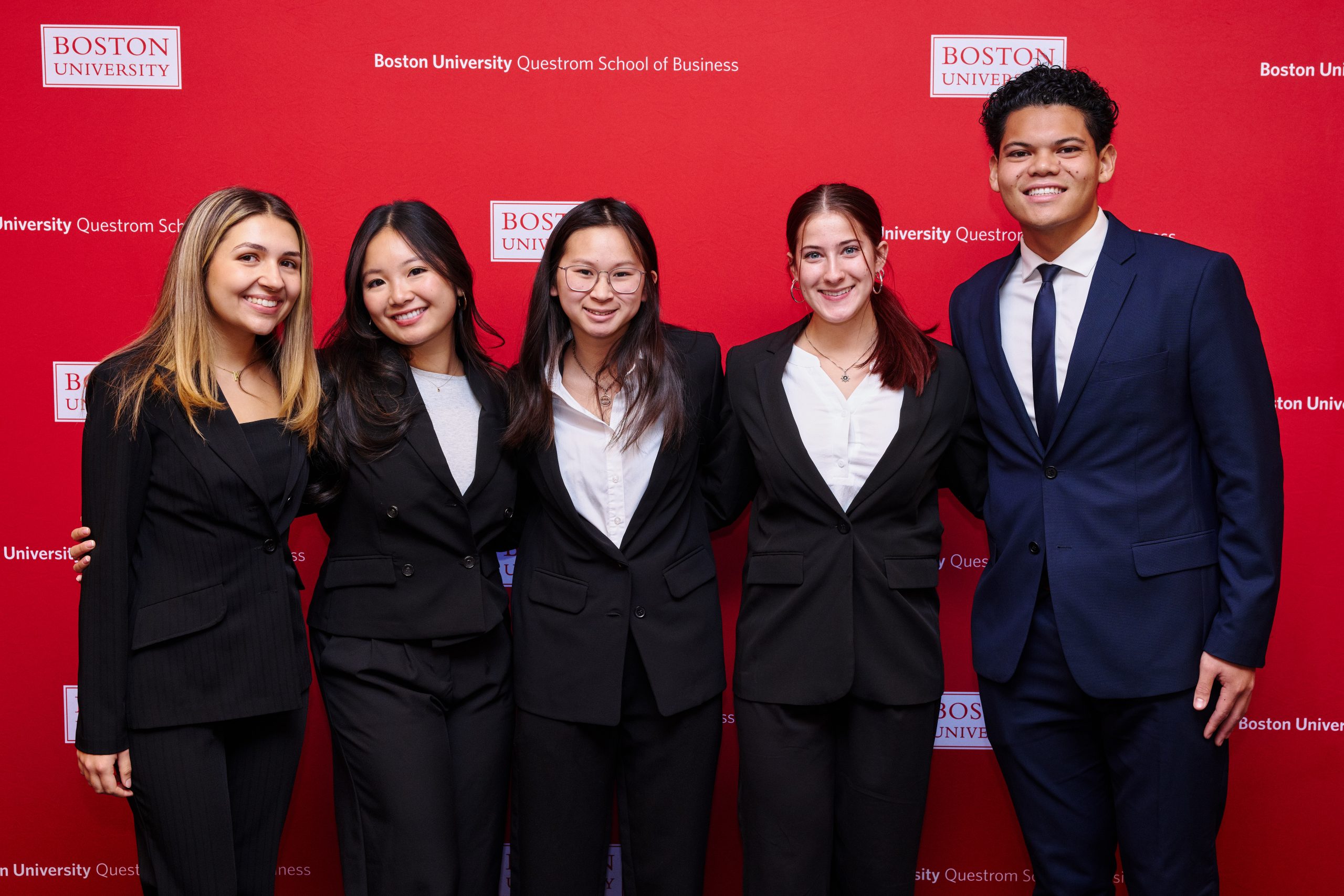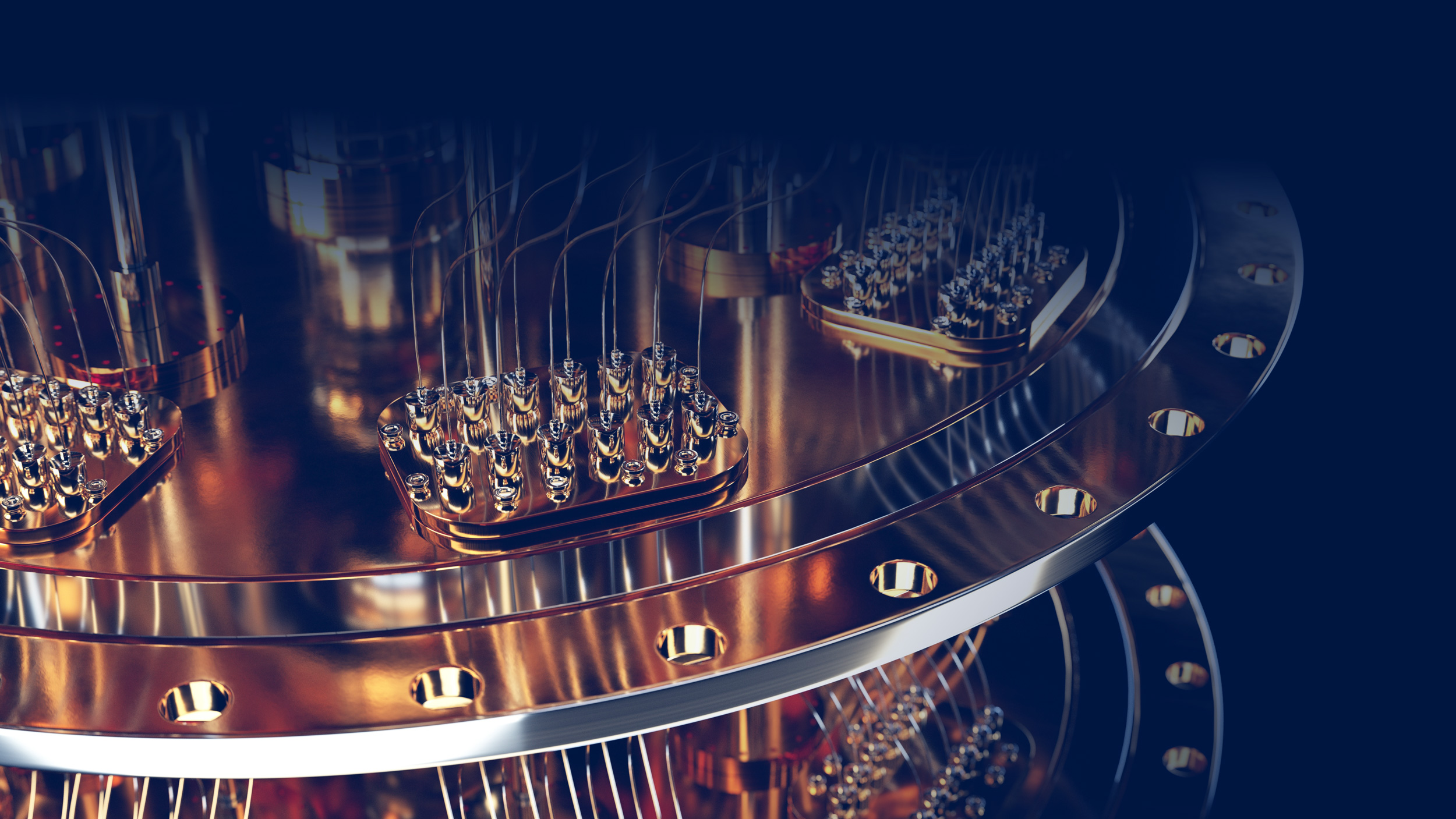The most sophisticated musical instrument in the world is the human brain, according to a paradigm-shifting new paper in Nature Reviews Neuroscience.
Led by UConn psychological sciences and physics professor Edward W. Large, the research introduces neural resonance theory (NRT). NRT explains how physical structures in the brain and nervous system resonate with the structures of music, turning sequences of sounds into profound physiological and emotional experiences.
“In physics, resonance is everywhere,” explains Large, who directs the Music Dynamics Laboratory. “The heart is an oscillator. Circadian rhythms are oscillators, and they synchronize to the light and dark cycles of the earth.”
His research shows that human brain activity can also sync to various rhythms – from reggae to R&B to rhapsodies.
“A long-standing puzzle in music research is the presence of common features as well as variations across musical cultures,” says Ji Chul Kim, a co-author on the paper and assistant research professor in the Department of Psychological Sciences. “NRT explains this nature/nurture problem in terms of natural constraints and neural plasticity.”
Music, Meet Math
Large carries himself like someone who has spent some time on stage. He’s a smart dresser, accessorizing on a Monday afternoon video interview with a small silver earring. He does have a musical past, he tells me – after double-majoring in math and classical guitar in college, he spent some time performing – but when he learned it was possible to study the science of music in graduate school, he was hooked.
“As soon as I saw that, I knew that’s what I was meant to do,” he says.
When Large transitioned from making music to studying it, he noticed that the scientific world understood music very differently than he did.
The prevailing understanding was that humans enjoy music because its patterns enable a pleasurable system of prediction based on learned expectations. The human brain works like autocomplete, it was thought, predicting which notes and chord shifts will come next in a sequence – and feeling rewarded when it guesses correctly.
But Large’s research shows that this is only part of the story. His pioneering neural resonance theory offers a new explanation: oscillations (rhythms) in the brain’s neural activity actually synchronize with the pitches and rhythms of music. This synchronization is what creates the sense of expectation or anticipation.
According to NRT, people can keep time, dance, and effectively improvise music because human biological processes can sync with music, from simple tunes to complex melodies.
“This is about embodiments – physical states of the brain that have lawful relationships to external events [like sounds],” Large says. “They’re not abstract. It’s literally the sound causing a physical resonance in the brain.”
This means that the human body is very much part of the music-making process. Neurons vibrate like a plucked guitar string. Seen on an EEG, brainwaves dance to drumbeats.
“I have always been fascinated by music and physics,” Kim says. “I am excited about the way NRT brings them together and describes the perception and performance of music as dynamic patterns formed within and between listeners and performers.”
Volume Up
Large’s paper explains that this function of music is responsible for many of its uplifting qualities, like its mood- and memory-boosting properties, as well as its most universally recognized side effect: the urge to dance. (The paper refers to this phenomenon as “groove.”)
“This is the way I always intuitively understood music, before I went into science,” Large says. “But people wanted to talk about the brain as a computer, and its computing input/output functions. It just didn’t seem like how I experience music, or how people in general experience music. But this idea of resonance? I thought that was really compelling.
“So, what I set out to do was make it science,” he continues. “Instead of just New Age terminology — ‘oh, I’m resonating to this music, man’ — I wanted to ask whether, scientifically, this really does happen.”

Even before the publication of this latest research, Large recognized the healing potential of music. In 2016, he founded Oscillo Biosciences (named for the neural oscillations that synchronize with music) with Kim, who had recently completed a postdoctoral fellowship at UConn.
The healthcare startup uses music and light therapy to help mitigate disease progression among Alzheimer’s patients. It is a highly promising application of NRT.
“We’re in a clinical trial right now, and we are showing that by listening to music and watching lights in a certain frequency relationship to the music, we can cause resonance in the brain that actually improves memory,” Large says.
NRT has other promising potential applications, ranging from AI to education. Machines trained on neural resonance could produce more emotionally intelligent and culturally aware music. Learning tools could leverage NRT to help people better grasp rhythm and pitch.
In the meantime, NRT offers a scientific explanation for one of the most mysterious human experiences — how and why music moves us.
In addition to Large, the multi-institutional collaboration featured other researchers at the University of Connecticut and at the University of Groningen (Netherlands), the University of Illinois Chicago, Queen Mary University of London, and McGill University (Canada). The other UConn authors on the paper were Ji-Chul Kim, who is now an assistant research professor in the Department of Psychological Sciences, and Parker Tichko ‘19 Ph.D.



